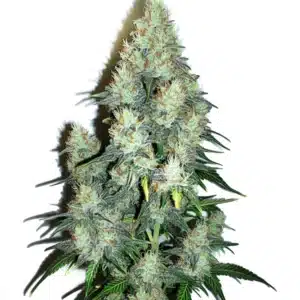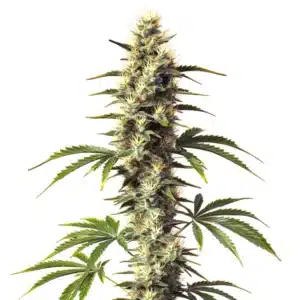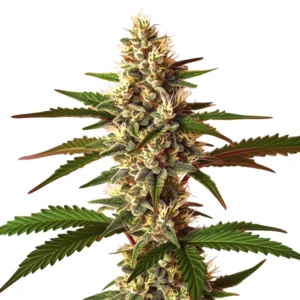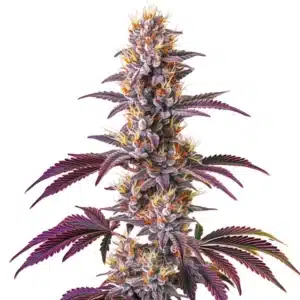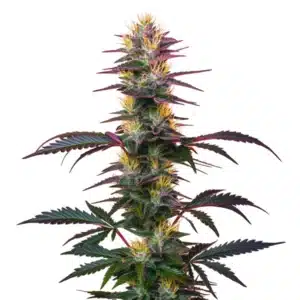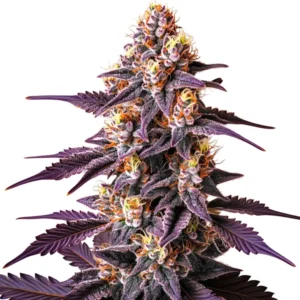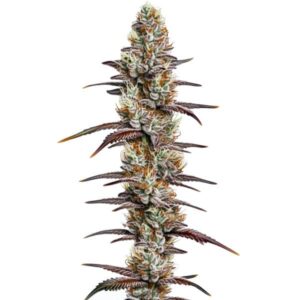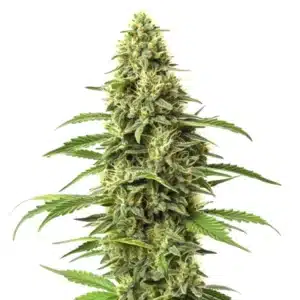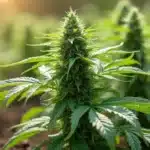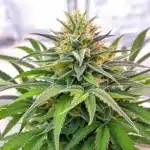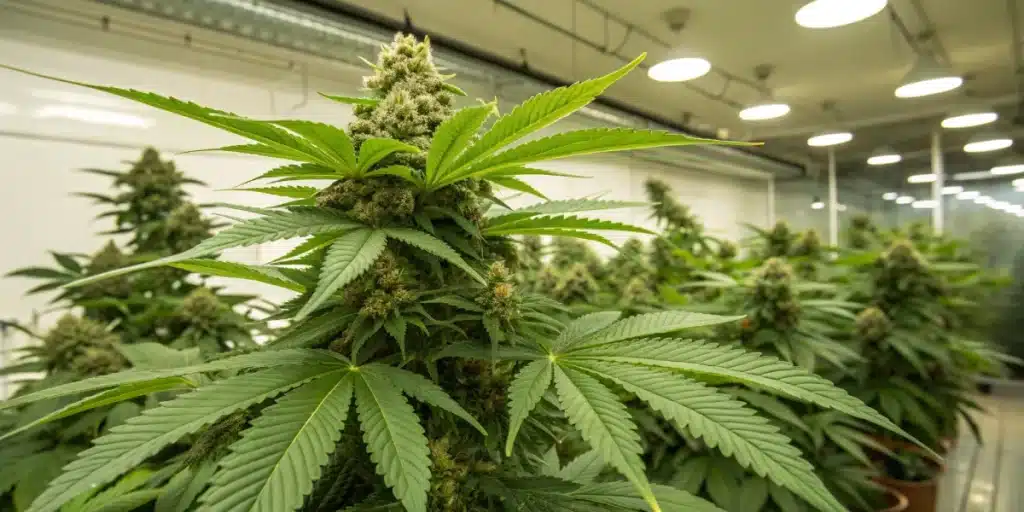
Is There THC in Stems? Realizing Cannabis Anatomy
Cannabis Plant Anatomy
Components of the Cannabis Plant
The cannabis plant boasts several integral parts that work together to support its growth and vitality. The roots absorb water and nutrients while the sturdy stems carry essential supplies upward. Leaves capture sunlight to fuel growth, and flowers provide the most desired attributes for consumption. Gardeners often cherish each component for its unique contribution to the plant’s success. In every section of cultivation, one may ask: Is There THC in Stems, which sparks interest in every aspect of the plant.
The plant displays impressive structure with its primary elements arranged for maximum efficiency. The main stalk supports branches that hold abundant buds. Growers cultivate the plant with care to achieve healthy development, reinforcing the importance of each component. Farmers use their skills to maintain balanced growth and robust yields. These features combine to create an organism that performs its functions with natural precision and dedication.
Recommended Strains
Apples and Bananas
|
|
THC | 23% - 30% (High) |
|
|
Type | Feminized |
|
|
Yield | Low |
|
|
Phenotype | 50% Indica / 50% Sativa |
RS11 x Apple Fritter
|
|
THC | 22% - 24% (Medium) |
|
|
Type | Feminized |
|
|
Yield | Medium |
|
|
Phenotype | 45% Indica / 55% Sativa |
Distribution of Cannabinoids
Cannabinoids concentrate in specific areas of the cannabis plant, influencing both therapeutic effects and flavor. Buds store most cannabinoids in clusters of tiny, resin-filled glands. Leaves contain more modest amounts, while stems offer only a hint of these active compounds. Researchers have analyzed these concentrations by careful observation and precise measurement. This focused analysis provides clear insight into the location of active compounds.
The distribution process reveals that trichomes on the flowers capture maximum potency and vibrant flavors. Growers value this concentrated zone for its benefits in medicinal and recreational use. The vibrant arrangement of compounds enables enthusiasts to appreciate each fragment of the plant’s promise. Researchers and cultivators use careful experiments to map these concentrations while emphasizing that results vary with genetics, climate, and cultivation methods.
Function of Stems in Plant Structure
Stems perform a critical function in the architecture of cannabis, supporting leaves and flowers in their ascent toward sunlight. A strong stem system carries water and nutrients upward in an active process that fuels growth. This active transport drives vigor, ensuring that the plant remains resilient during its cycle. Farmers verify every detail of structure for optimal yield and health, crafting support systems that encourage robust production.
The active circulation through the stems assures that all plant parts receive nourishment in a timely fashion. Growers prioritize a resilient structure that enables the plant to thrive under varying conditions. This inherent function of the stems supports the overall productivity and aesthetic appeal of the plant while reinforcing efficient nutrient flow. Every cultivation step reinforces the natural performance of each internal channel.
Promos & Deals
Cannabinoid Concentration Differences
Is There THC in Stems? THC Levels in Various Parts
Various sections of the plant exhibit distinct levels of THC, with concentrated amounts in the flower buds setting them apart. Buds form dense clusters enriched with trichomes that generate high potency. Cultivators enjoy watching this process unfold while they monitor the vigorous growth of each plant. In every case, the active accumulation of compounds in buds elevates their desirability above other parts.
Gardeners harvest buds as the primary source of psychoactive and medicinal effects. The vibrant arrangement of compounds in this section sparks lively debate among enthusiasts. Every grower recognizes the disparity in potency and gravitates toward parts with higher concentrations. The clear differences encourage cultivation practices that aim to maximize flower production by applying specialized care.
Comparative Analysis with Buds
An active comparison between the buds and other plant parts reveals striking contrasts. Buds develop high THC percentages that can exceed 30% under ideal conditions, while stems display only a whisper of potency. Expert cultivators design growth strategies to focus on flowers, knowing that these portions deliver superior effects and taste. Every choice in cultivation reflects an effort to optimize cannabinoid-rich areas while managing overall plant performance.
Active experiments in different growing methods demonstrate clear benefits when flowers are prioritized. Innovative growers balance fertilizer and light exposure to favor bud production over other parts. Fans of high potency rely on this comparative analysis to make informed decisions. The crop’s structure motivates an active approach to maximizing floral output while reinforcing the value of each carefully nurtured bud.
Scientific Studies on Cannabinoid Distribution
Scientific inquiry into the distribution of cannabinoids guides both industry experts and home cultivators. Researchers use precise tests to map cannabinoid concentrations in various plant components. Their analysis confirms that buds contain the highest quantities, while stems contribute only negligible amounts. Scholars design studies that feature rigorous measurement techniques and a clear focus on quantifiable data.
Researchers report that active analysis continually reinforces the trend of concentrated cannabinoids in buds. Every experiment bolsters data that advocates for using flowers for extraction and consumption. Professionals actively engage in testing various environmental conditions to document how genetics and cultivation practices influence cannabinoid patterns. This active research builds a reliable foundation of evidence for the community.

Extraction and Use of Plant Material
Is There THC in Stems? Methods for Extracting THC
Technicians and artisans extract THC using methods that emphasize precision and efficiency. Common techniques include solvent-based extraction, CO2 extraction, and mechanical presses. Each method requires careful preparation and active management. Innovators decide on the best method based on the quality of the cannabis and the intended final product while maintaining high standards in every extraction.
Active practitioners experiment with diverse techniques to achieve optimal yield and quality. They favor flower extraction because it consistently offers maximum potency. Every step in the process involves careful measurement and control to ensure that the final concentrate preserves desired cannabinoids. The extraction system highlights a critical focus on efficiency and potency in every session.
Viability of Stem Extracts
Creative processors occasionally use stems to craft distinctive extracts, though the yield remains modest. Farmers try inventive approaches to capture even the slightest amount of active compounds. Every technique requires active experimentation and a commitment to sustainable practices. Cultivators work tirelessly to prove that every part of the plant has potential for transformation while carefully balancing output and feasibility.
Innovators demonstrate active processing methods that integrate small traces of cannabinoids from stems. Early adopters use specialized systems to boost extraction efficiency in every batch. They report that the extraction from stems generates creative products, even though potency remains lower compared to flower-based yields. The active pursuit of alternative extraction continues to inspire experimentation amid challenging parameters.
Industry Applications of Plant Parts
The cannabis industry embraces innovative uses for all plant parts to promote sustainability and efficiency. Craftspeople take full advantage of each component by crafting fiber, infused oils, and compost enhancements. Every division of the plant finds a productive application that supports environmental values and economic practicality. Entrepreneurs pursue viable methods to create value from parts that traditionally see limited use while exhibiting dedication to responsible practices.
Active approaches in the market empower artisans to incorporate diverse plant material into many products. Forward-thinking companies support creative methods that honor the natural value of each segment. Every initiative aims to use cannabis in a holistic manner that benefits both the consumer and the environment. Enthusiasts appreciate these applications as they reflect the dynamic commitment to sustainability in the marketplace.
Practical Implications for Consumers
Impact on Smoking and Edibles
Consumers experience noticeable differences when smoking or savoring edibles made from distinct plant parts. Flower-based products provide robust flavor and significant effects due to their abundant cannabinoid concentrations. Active users prefer these products for their reliable performance and balanced sensory profiles. Specialized growers design batches that appeal to those seeking potent experiences through deliberate cultivation techniques.
Enthusiasts actively choose flower products for both smoking sessions and culinary creations. Every product undergoes strict quality checks to retain its aromatic flavor and vibrant effects. Consumers appreciate products that deliver consistent results and clear potency. Active experimentation with various recipes and smoking techniques continues to enhance customer experiences amid evolving cannabis trends.
Quality Considerations for Cannabis Products
High-quality cannabis products influence consumer satisfaction and market success. Experts carefully assess color, texture, and aroma while evaluating the cannabinoid content. Each segment of the plant influences the product’s overall character. Developers trust that superior flower products yield exceptional experiences, and many concentrate on designing products that match consumer expectations. Throughout the process, one might ask: Is There THC in Stems when examining every product detail.
Vendors actively test each product batch to ensure that quality meets consumer demands. Cultivators maintain strict standards to prevent variability and guarantee lively experiences. This active pursuit of excellence reinforces every product’s appeal in a competitive marketplace. Consumers actively seek out products that deliver clear and consistent performance in taste and potency.
User Experiences and Preferences
Active consumer experiences constantly reshape the market and influence cultivation strategies. Fans share personal anecdotes on how flower products enhance their sessions, while others experiment with alternative plant parts for unique experiences. Users report a strong preference for flower due to its intense flavor and potent effects. Each account contributes to a growing body of evidence that favors refined production techniques and clear consumption benefits.
Enthusiasts actively document their preferences through community feedback and detailed reviews. Every story encourages cultivators to focus on maximizing the best aspects of the plant. Consumers share vibrant testimonies that reinforce market trends without ambiguity. These shared experiences create a dynamic dialogue among users and help direct future cultivation practices in a positive manner.
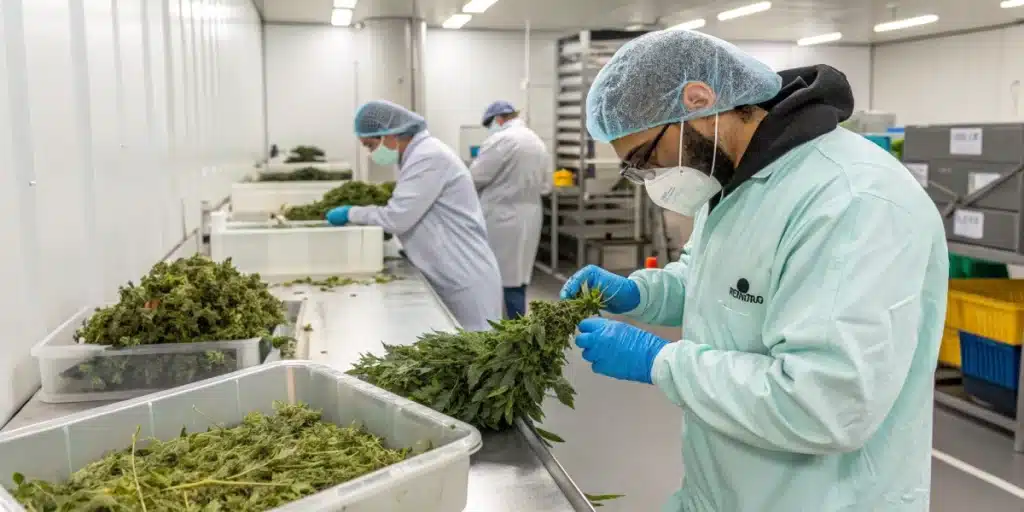
FAQs about is there thc in stems
Do stems contain any usable THC compared to buds?
Many consumers actively inquire about the differences in THC content across various parts of cannabis. Buds burst with active compounds, while stems provide only minimal traces of potency. Gardeners and users agree that flowers remain the optimal choice for high-intensity experiences. Clear experiments and cultivation practices support the focus on buds when aiming for strong effects.
Can stems be processed for cannabinoid extraction?
Many skilled extractors actively explore techniques that process every part of the cannabis plant. Stems contribute a slight quantity of cannabinoids, yet their yield remains modest compared to that of flowers. Processors design active methods to extract usable components from each segment while experimenting with various technologies. Industry professionals balance efficiency and output to determine the best practices during every extraction phase.
What quality difference exists between stems and flowers?
Consumers actively note quality distinctions that arise between stems and flowers. Flowers exhibit dense profiles of cannabinoids and aromatic compounds that create memorable experiences. Experts detail that flowers deliver higher performance in flavor and effect, while stems maintain only slight traces of vital compounds. Cultivators actively aim to enhance the features that yield the most beneficial outcomes in every harvest.





